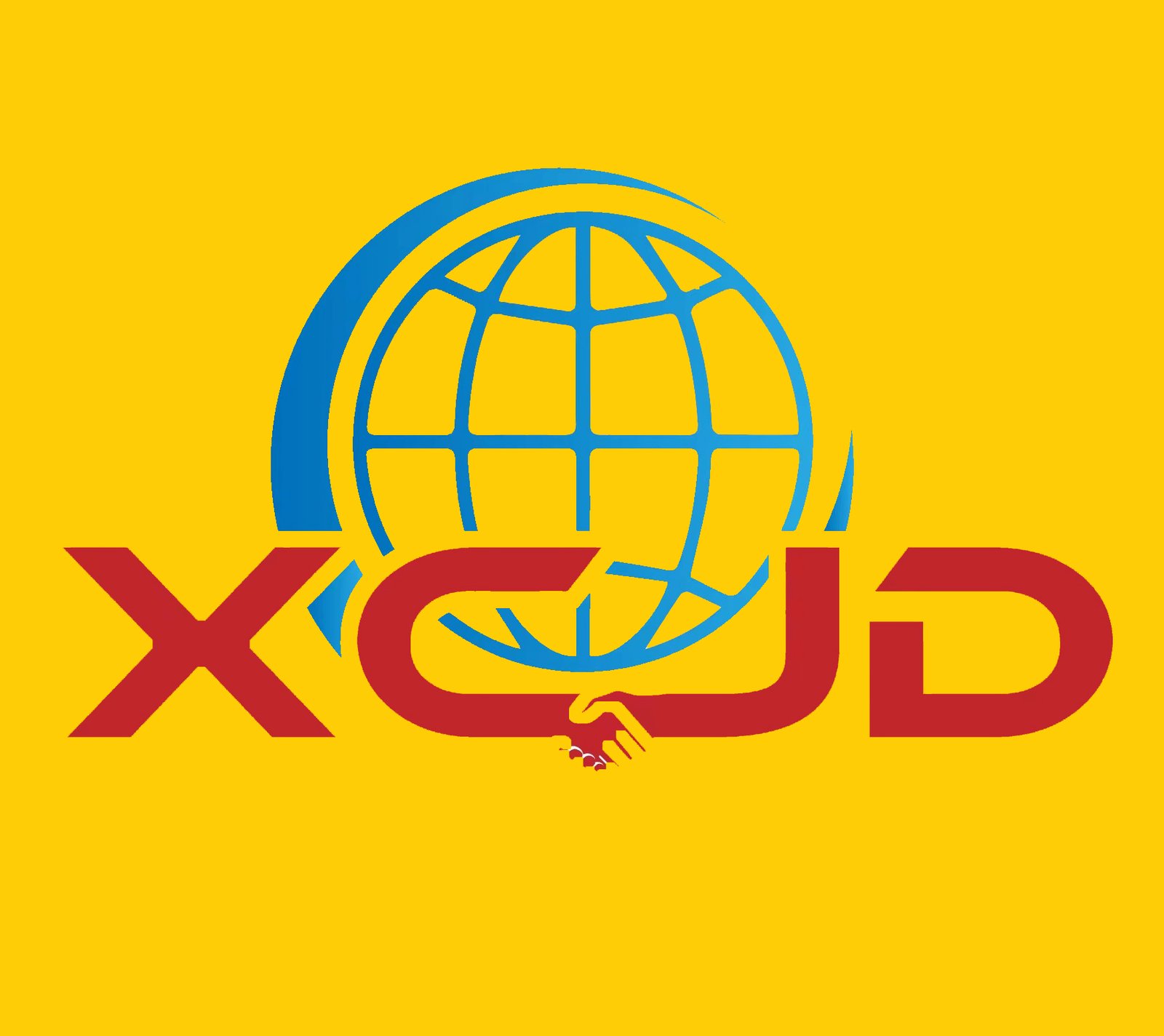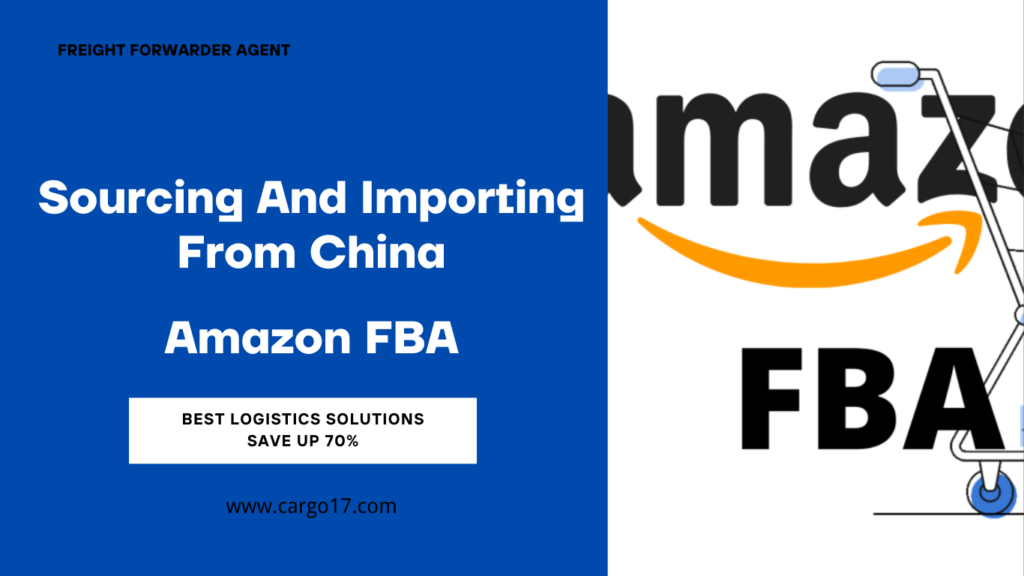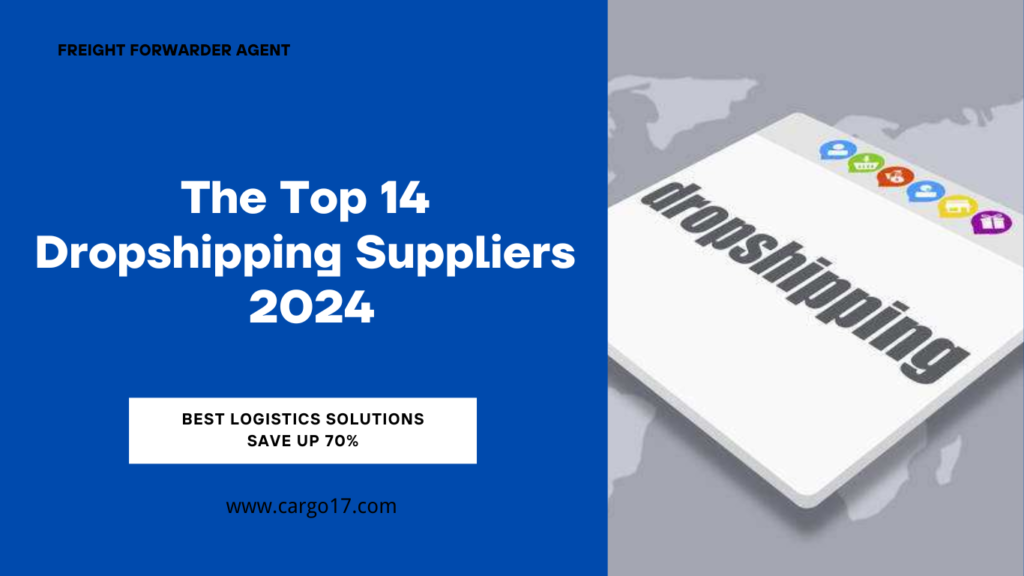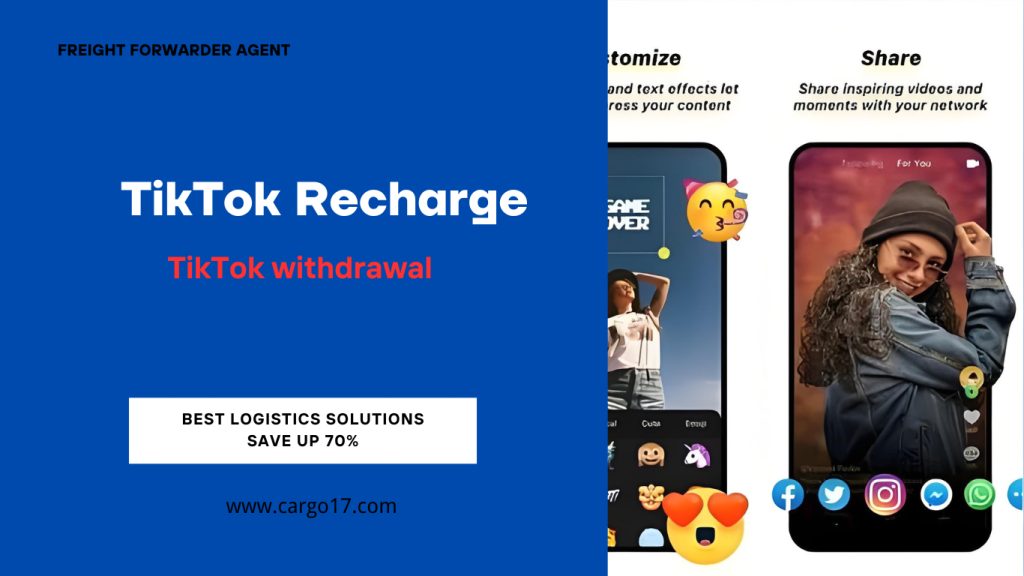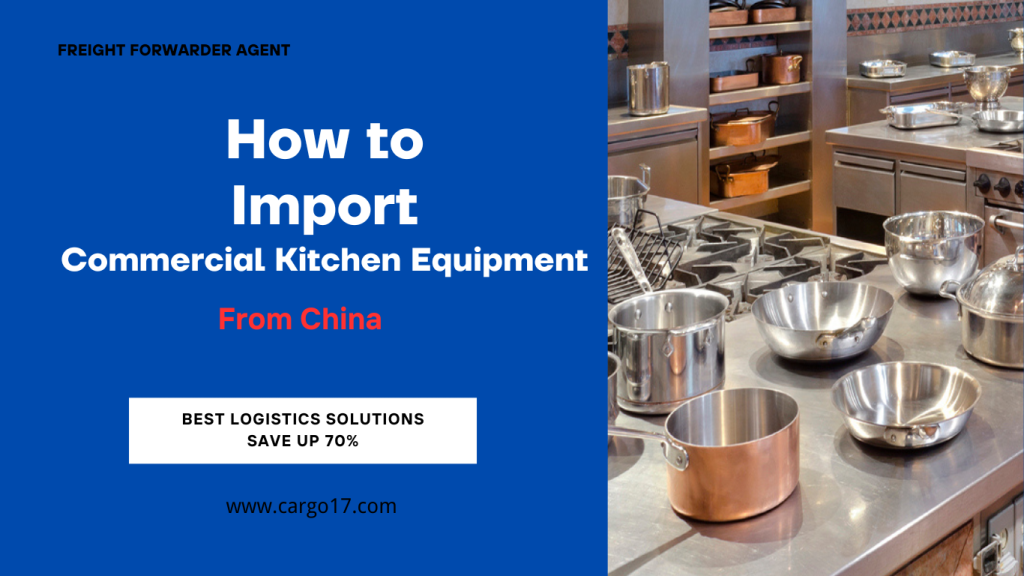Discover the key to success on Amazon – FBA or FBM? Find out which option is best for your selling needs.
When listing products on the Amazon website, sellers must select a “shipping method.” That is how the product is delivered to the consumer.
Amazon has two types of logistics to choose from, one is FBA (Fulfillment by Amazon) and the other is FBM (Fulfillment by merchant). As a seller, don’t you know how to choose? Next, EcomPlus will tell you the difference between FBA and FBM, and how to choose the logistics method suitable for your products. If you want to know, continue reading!
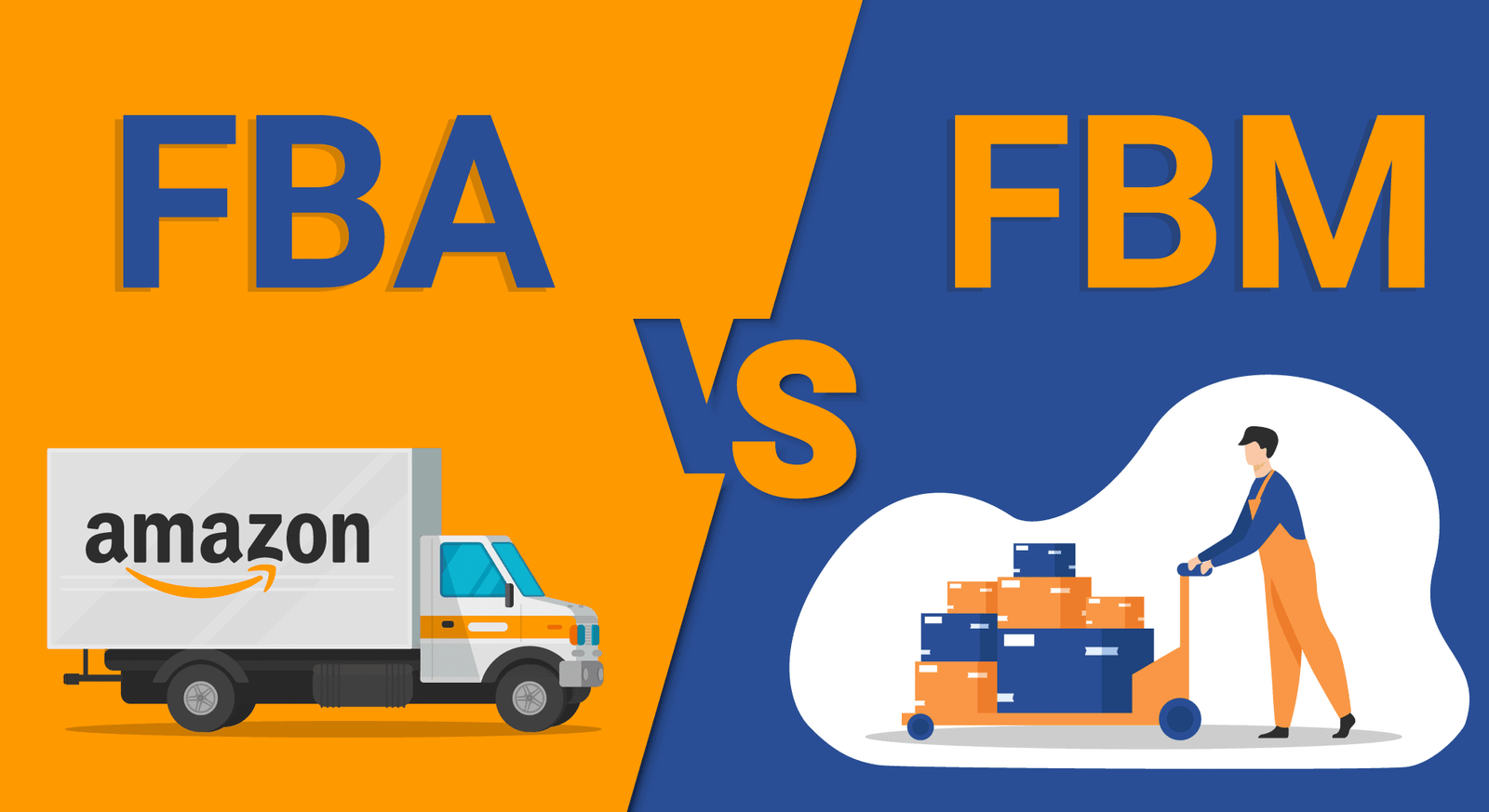
1. FBA (Fulfillment by Amazon)
FBA is a logistics system provided by Amazon. Sellers need to send the goods to Amazon first, and Amazon is responsible for shipping when consumers place orders. FBA emphasizes that warehousing, logistics, and customer service are all handled by Amazon.
Sellers do not have to deal with returns and exchanges, and can focus their time on marketing and product development. Amazon’s powerful logistics can deliver products to consumers in the fastest time, providing a better shopping experience.
Advantages of FBA
- The delivery speed is fast and consumers have a good shopping experience.
- A good choice for building trust in your brand. Consumers also have a favorable impression of your brand based on their trust in Amazon.
- Complementing the on-site activities provided by Amazon. For example, your products may have the chance to win Amazon’s Choice, or increase exposure among Prime members, or even have the chance to win the Buy Box. Some activities are limited to FBA products only.
- With customer service resources, no extra effort is required.
Disadvantages of FBA
- You need to consider the cost of first-leg logistics: First-leg logistics refers to the cost of the seller transporting the goods from his own location to Amazon. The cost of this journey is not included in FBA.
- It includes multiple fees, such as storage fees, return shipping fees, removal order fees, etc. You need to consider the storage fees that may be incurred if the product is unsaleable.
- You need to accept Amazon’s unconditional return policy. For sellers who want to establish their own rules, they may feel that they have little control.
- The process is fixed and less flexible. If sellers want customized packaging, they will not be able to do so freely if they choose FBA.
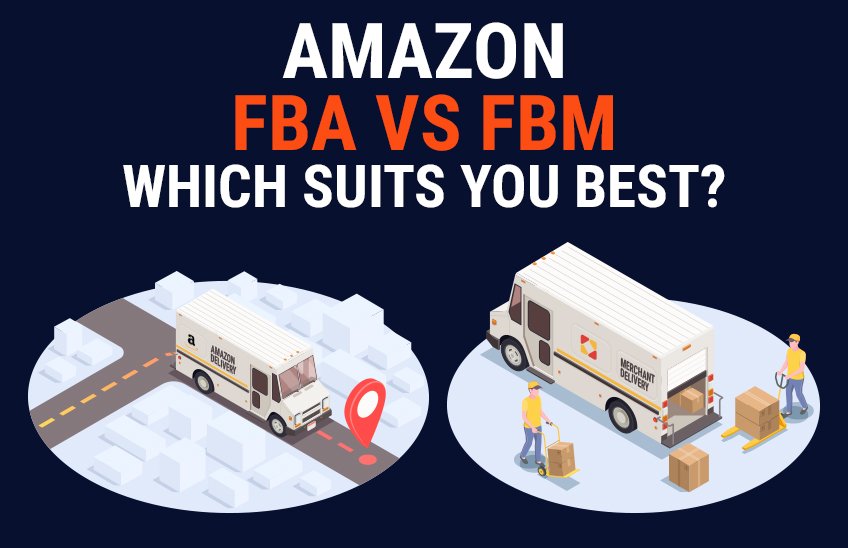
2. FBM(Fulfillment by merchant)
FBM is similar to the online shopping experience of ordinary people. Compared with FBA, which is shipped uniformly by Amazon, sellers who choose FBM ship goods from their own warehouses. Generally speaking, FBM takes more time than FBA unless the seller has a strong logistics system. Even so, FBM still has some features that FBA cannot provide. Let’s take a look at the reasons for choosing FBM!
Advantages of FBM
- For sellers, more control and flexibility.
- Know all your inventory and don’t have to worry about storage fees in the warehouse caused by slow sales.
- Low cost, high profit.
- Sellers who already have an excellent logistics system can use FBM to eliminate the need for first-leg logistics.
- You can negotiate prices with logistics companies and are not affected by Amazon’s logistics policies.
Disadvantages of FBM
- Some Amazon site activities are only available for FBA products.
- Shipping takes a long time, so we need to consider the patience of consumers.
- Customer service and returns and exchanges require manual processing.
- Unable to enjoy the brand trust brought by Amazon.
- You need to spend time finding a logistics company yourself.
3. Should new Amazon sellers choose FBM or FBA?
The answer to the question must depend on the nature of the seller’s goods and logistical capabilities. The following is a brief list of sellers suitable for the two logistics methods:
FBA
Product nature: best-selling in all seasons, small size, light weight, high value.
Logistics capabilities: only first-leg logistics vendors are required, logistics process integrity is low, and customer service capabilities for returns and exchanges are low.
FBM
Product nature: obviously seasonal, not popular, large in size and heavy in weight.
Logistics capabilities: more cooperative logistics providers are needed, with complete logistics processes, returns, exchanges and customer service capabilities.
There is no best logistics method, only the method that suits you best. If you are a just-starting seller with insufficient resources, it is recommended to use FBA, so that you can concentrate on developing products; if you are a mature seller, Amazon e-commerce is just one of your many businesses, and you have a good logistics system, you can use FBM.
4. Cost of FBA and FBM
The fees required to pay for these two logistics methods are very different, which is often an important consideration for sellers. The following is a brief introduction to the main costs of the two.
FBA costs
FBA mainly includes “logistics distribution fees” and “warehousing fees”. Logistics delivery fees are determined by the volume and weight of the packaged product. Amazon product sizes can be divided into standard and oversize, and the two are further subdivided. Standard sizes include large and small, while oversize sizes There are four types (small, medium, large, extra large). There is a table in Amazon’s Product size tiers to see the packaging specifications of these six sizes!
After you know which size your product belongs to, you need to consider the weight. Taking the small standard size as an example, if the shipping weight of the product is less than 6 oz, the logistics and delivery fee is US$2.92; if the weight is between 6 and 12oz, the logistics and delivery fee The fee is US$3.07. If you want to know the logistics delivery fee, you need to first determine the size of the package and then see where its weight range falls. In addition, FBA will charge an additional $0.4 shipping fee for each clothing product.
Another FBA fee is the “warehousing fee.” Warehousing fees are divided into low and peak seasons in a year. Q1~Q3 is the off-season, and Q4 is the peak season, with different rates.
The cost of storage fees is closely related to the size of the goods. Compared with the logistics and distribution fees, which are divided into several intervals, the storage fees are calculated according to the volume of the goods. The goods are divided into standard sizes and over-standard sizes, and the rates per cubic foot are given according to the off-peak and peak seasons. Corresponding price per square foot.
If the product is stored in Amazon’s warehouse for more than 365 days, long-term storage costs must also be considered. Long-term storage fees are calculated in two ways, one is US$6.9 per cubic foot, and the other is US$0.15 per item, whichever is larger. Please refer to the figure below for detailed figures. (It is recommended that this paragraph can be added to Amazon’s official fee table)
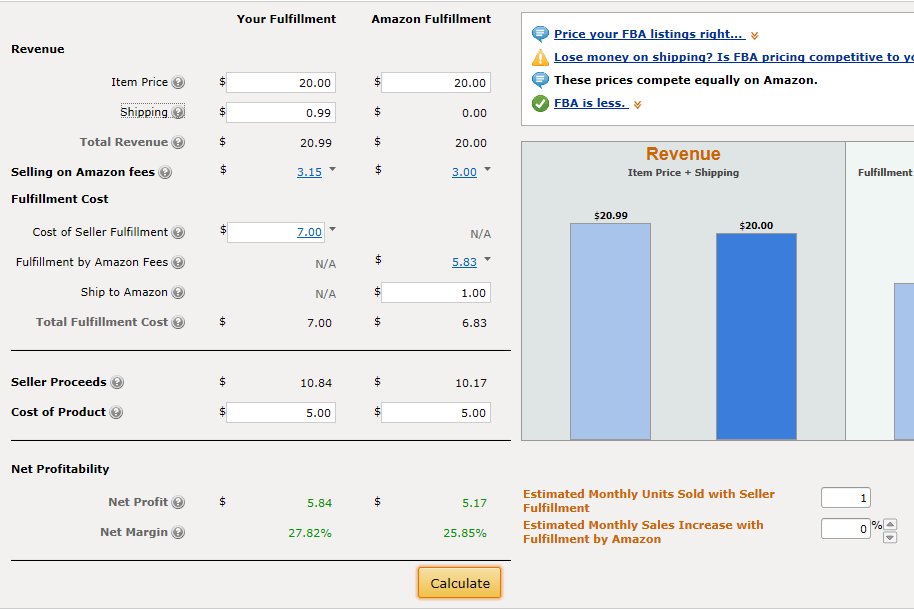
If you don’t want to spend time calculating it yourself, there is also an online FBA calculator available here. You can find it by searching for FBA calculator. Click on the website and enter the required information in sequence to calculate the FBA fees!
FBM cost
Since FBM is a logistics company that the seller chooses to deliver the products directly to consumers, there is no fixed amount for reference. It depends on your negotiation ability. However, here are some ways to control logistics costs.
Product selection: Consider small products when selecting products to reduce logistics costs.
Packaging method: Optimize product packaging combination, such as the selection of bubble bags, reduce the number of pasting of transparent glue, and make the package lighter.
Reduce the number of shipments: Develop a sales plan and bundle similar or complementary products, for example, curling iron + air cushion hair brush.
When choosing a logistics method, in addition to understanding the advantages and disadvantages of FBA and FBM, you must also take the characteristics of your own products into consideration to truly choose a suitable and cheap delivery method.
5. How to deliver goods into FBA
Many people may want to ask, if I want to use FBA, how should I send the goods? In fact, the period from factory delivery to FBA is called first-leg logistics. Most sellers will find a freight forwarder to assist with delivery. However, there are many choices for freight forwarders. Which one is better?
In fact, there is a big difference between good and bad. There are many freight forwarders that may be cheap, but the delivery quality is not good, or there is no system at all, so you don’t know where the goods have been shipped. Some of them have average service but poor prices. It’s really high.
If you need to purchase goods from China and ship them to Amazon warehouse, you can consult us. We will optimize the logistics plan for you based on your product characteristics and logistics requirements. Overall, our prices are good and our services are good. It is stable and has a very complete system, which can save a lot of back and forth communication details.
After confirming the logistics plan with us, as long as the shipping order is established in the system, you can ship the goods to the Amazon warehouse and start using FBA services!
